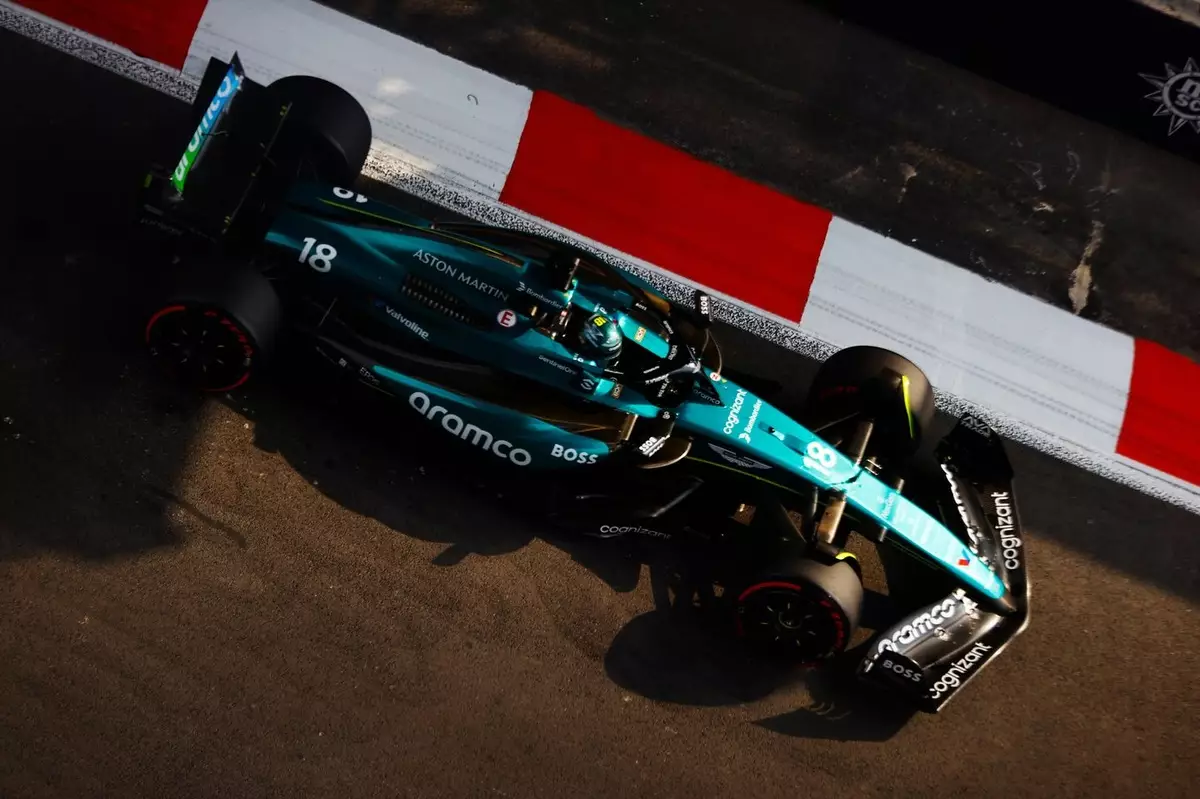As Formula 1 gears up for the 2026 season, a seismic shift is poised to reshape the racing landscape, especially regarding power units. Adrian Newey, renowned as one of the sport’s most ingenious technical minds, has recently shared his thoughts on these forthcoming regulations. He believes that the initial years post-implementation may witness an overt focus on engines, echoing the significant engine dominance seen after the introduction of hybrid units in 2014.
Newey’s perspective underscores a critical observation that the simultaneous overhaul of both chassis and engine regulations could foster an environment conducive to one manufacturer potentially overpowering others. The complexity of the new hybrid power units—now without the intricate MGU-H components—will place a heightened emphasis on the MGU-K and sustainable fuels. Newey encapsulates this belief succinctly, suggesting that the initial bouts might very well lead to a scenario where an engine-centric approach dictates the racing dynamics.
The reference to 2014 is significant; during that period, Mercedes effectively harnessed their engine capabilities to set a new benchmark in Formula 1 performance. Newey’s concern is rooted in the regulations’ structure, which appears to favor swift adaptation for leaders while potentially sidelining those lagging behind. With the intricate interplay between combustion and electrical dynamics, a singular dominant power unit could very well emerge, echoing the prior era’s imbalance.
Newey’s critiques highlight a substantial challenge in the sport: if a manufacturer succeeds in developing a superior combustion engine, it may sustain its advantage for the entirety of the regulatory cycle. Conversely, he does hint at a silver lining for those who might fall behind on the electrical aspect, suggesting that catching up could still be feasible if the right innovations and adjustments are made in a timely manner.
The upcoming season will witness traditional powerhouses like Mercedes and Ferrari clashing with promising newcomers, such as Audi and the ambitious Red Bull Powertrains. As Aston Martin prepares to work closely with Honda while also collaborating with Aramco for sustainable fuels, the race isn’t solely about performance; it’s also about strategic partnerships and forward-thinking innovations.
The involvement of multiple manufacturers, including the impending arrival of Cadillac as they prepare to launch their engines, shapes an intriguing battlefield. With Renault stepping back and realigning itself as a customer team, the competitive ecosystem continues to evolve. Each team and manufacturer is approaching the new regulations with distinct strategies, potentially leading to unpredictable outcomes in the early seasons.
Newey’s admission about the challenges of getting up to speed with the new regulations encapsulates the unpredictability inherent in Formula 1. The sport thrives on constant technological evolution, and each move by a team can fundamentally alter the competitive landscape. This time lag between regulations being published and actual implementation in car designs raises questions about the preparedness of each team.
His mention of venturing back into the sport after a hiatus reflects a broader challenge faced by teams and engineers alike. Adapting to newly structured regulations demands not only technical knowledge but also an intuitive understanding of which innovations will yield competitive advantages. As Newey prepares his focus firmly on Aston Martin’s 2026 entry, it becomes clear that a blend of creativity and pragmatic engineering will be vital.
The 2026 technical regulations are not just a new chapter in Formula 1; they denote a transformative phase that could redefine the nature of racing itself. With seasoned professionals like Adrian Newey at the helm of innovation within key teams, anticipation builds around the potential for both disruption and paradigm shifts. How each team navigates this new landscape will be critical to their success, leading to fiercely contested seasons filled with thrilling on-track battles.
As the motorsport community eagerly awaits the outcomes of these new technical strategies, one thing stands clear: the evolving dynamics of engine technology will be a vital factor in shaping the future of Formula 1. Only time will tell how these changes will affect the balance of power on the grid.


Leave a Reply